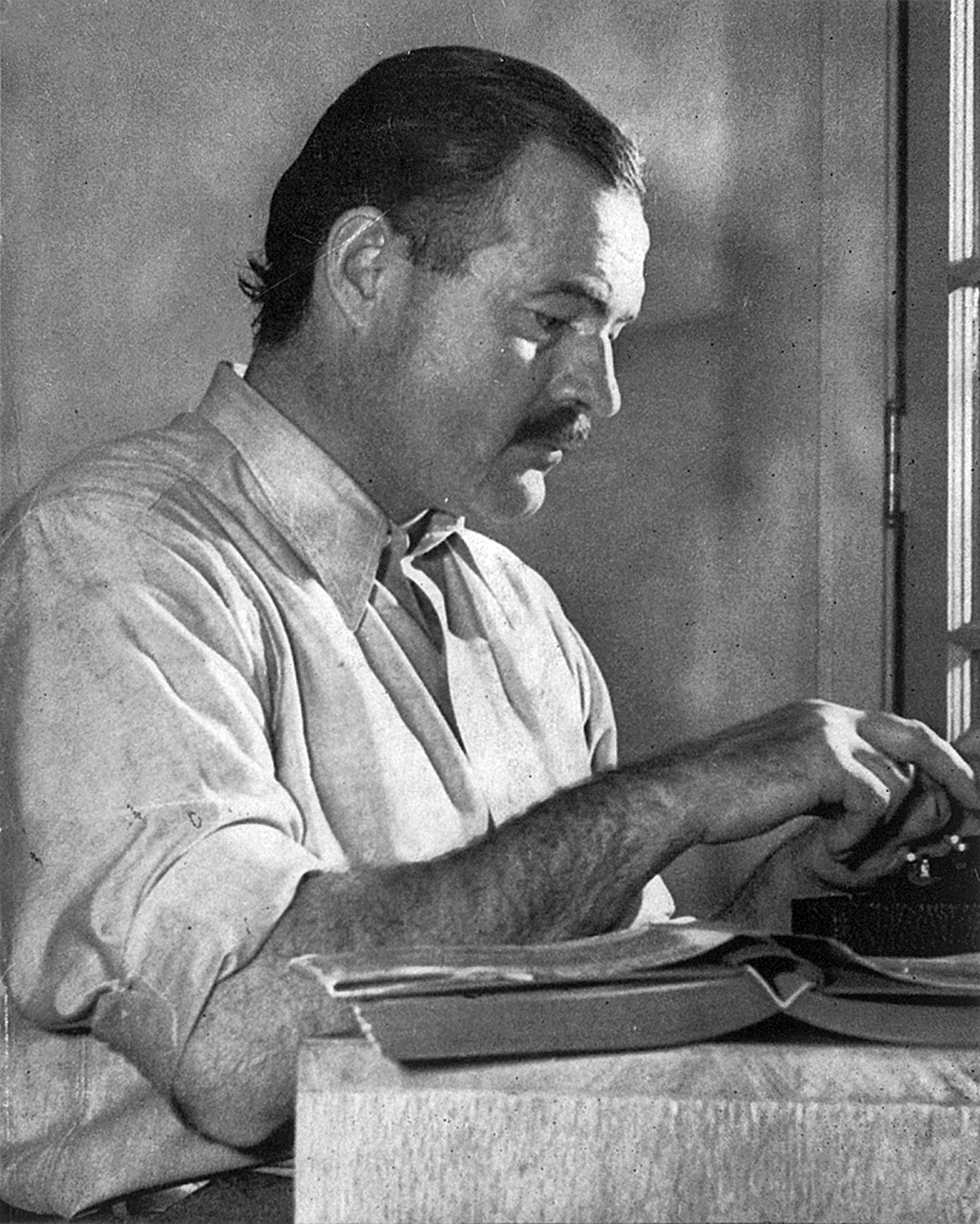Click on the headline to link to a "Wikipedia" entry for the Cotton Club in New York mentioned below, including information about its racial profile.
CD Review
Jungle Nights In Harlem, Duke Ellington and his Cotton Club Orchestra: 1927-1933, Bluebird, 1991
As I have mentioned in previous reviews of various classical jazz artists I came to an appreciation of that musical art from one source, and one source only- Lady Day, Billie Holiday. Along the way I started to get interested in her various back-up musicians which led me to the likes of Lester Young, Johnny Hodges, Artie Shaw and others. And, of course, when you get to Johnny Hodges you naturally have to think of the Duke- Ellington that is. And there you have it, except, that I doubled, no I tripled, my appreciation of the Duke around the time of the centenary of his birthday in 1999.
And I was not wrong to do so, although the CD under review falls more into a piece of jazz history, black musical history, Jazz Age history, Harlem history and, most importantly, Cotton Club history than a source of understanding his huge place in the jazz pantheon. For those unfamiliar with that New York City venue, the Cotton Club, that is the place when all the jazz greats of the 1920s and 1930s aspired to perform- and whites, at least certain whites like those rich ones that the author F. Scott Fitzgerald wrote about, went to “kick up their heels”, “get their kicks”, and, maybe, get “kicked” away from the downtown squares. And Duke and his orchestra (including the afore-mentioned Johnny Hodges, Barney Bigard, Harry Carney, and Cootie Williams among others) was the most serious feature in those days. Wouldn’t you pay big money, and gladly, to hear that sound in those surroundings? I think so.
Now, just a note for history's sake, or for the sake of a nod to political correctness. The term “jungle music” has always, as far as I know, had negative connotations about black music or black-related music like rock and roll, and still does. But, my friends, these were the terms of usage for what was going on then so accept it as a piece of history. But, also know this: do not miss out on a piece of our common history, jazz, racial, and social by missing Duke and the guys performing “Mood Indigo”, “Black and Tan Fantasy”, or “The Duke Steps Out” and the others here.

